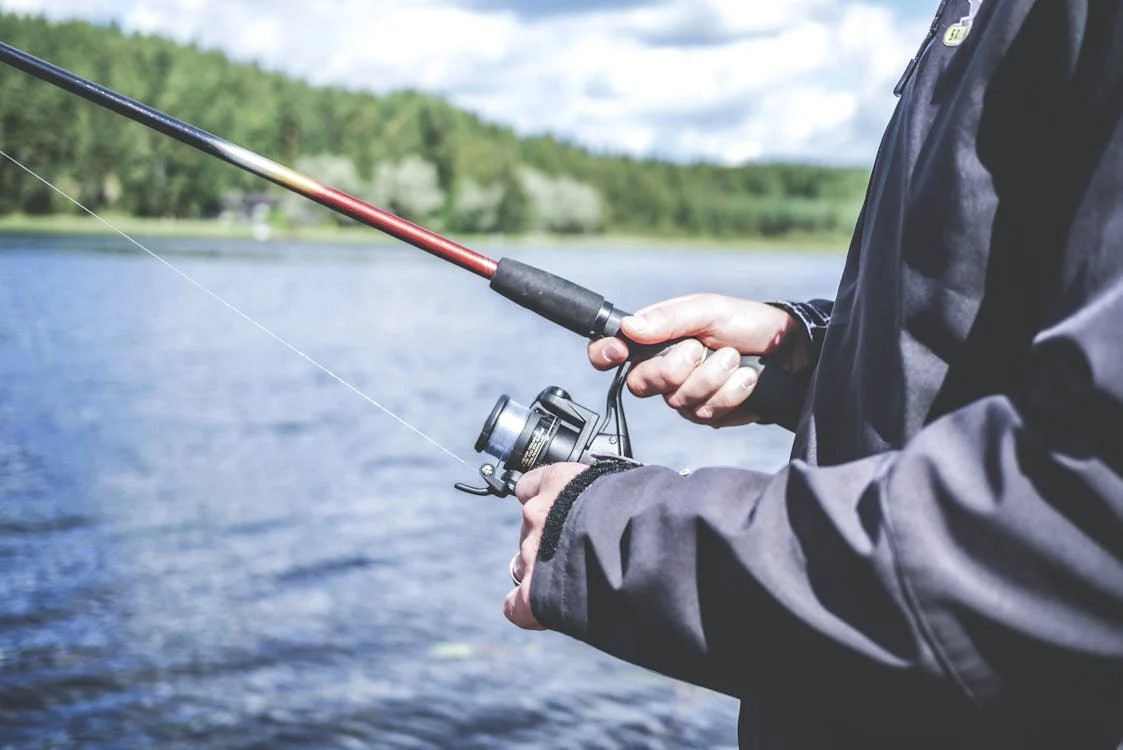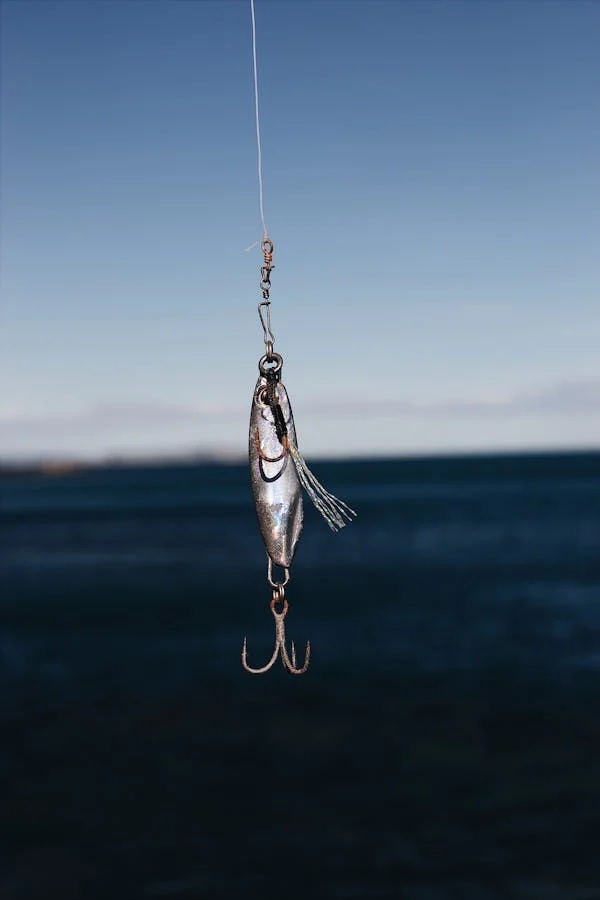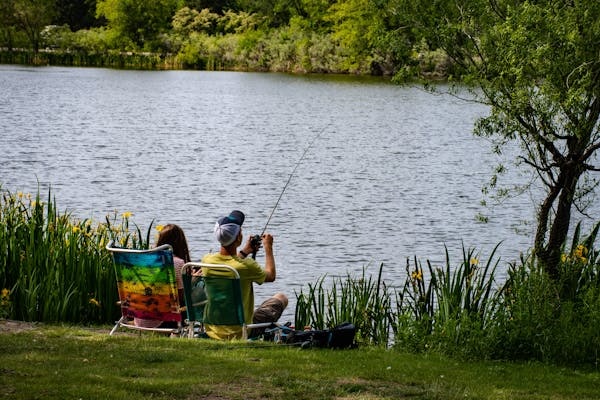
Understanding Tides and Fishing
tides4fishing isn’t just about casting a line into the water and hoping for a bite. The key to maximizing your chances is understanding how tides affect fish behavior. Fish tend to move with the tides, often feeding more during certain stages. Grasping the basics of tidal patterns allows anglers to predict where fish will be and when they will be most active.
The Relationship Between Tides and Fish Behavior
Tidal movement stirs up nutrients and smaller marine life, which in turn attracts fish. When the tide rises or falls, fish are more likely to move closer to shore in search of food. Therefore, knowing when high and low tides occur can give you a strategic advantage in choosing when to fish.
Why Timing Matters in Tidal Fishing
Timing is everything in tidal fishing. The two most important stages for fishing are the incoming and outgoing tides. These periods, also known as “slack water,” are when fish tend to be the most active. As water moves, it creates currents that fish follow, making them more likely to bite during these times.
2. What is tides4fishing?

Tides4fishing is an online platform designed to help anglers make the most out of their fishing trips. It provides detailed tidal charts, fishing forecasts, and lunar data that help you determine the best times to fish in your location.
Features of tides4fishing
The site doesn’t just show tide tables—it offers a wealth of information. From weather conditions to solunar charts, tides4fishing is a one-stop shop for serious and recreational anglers alike. You can even get detailed fish activity predictions, making it easier to plan your fishing trips with precision.
How Tides4fishing Differs From Other Tidal Tools
Unlike basic tide charts, tides4fishing incorporates fishing-specific data, including moon phases and fishing conditions. This tailored approach makes it an invaluable resource for both beginner and expert anglers, offering a comprehensive look at the best times and conditions for fishing.
3. How to Read Tides for Fishing
Reading tidal charts may seem daunting at first, but tides4fishing simplifies this task by offering clear, easy-to-understand visuals. Here’s a step-by-step guide on how to make the most out of the tidal information provided.
Tide Charts: A Quick Overview
Tide charts show the height of the tide throughout the day, indicating when it will be high or low. The highest and lowest points are your key indicators, showing when the water will rise or fall the most. On tides4fishing, these charts are interactive, allowing you to see the precise times and heights for your location.
Interpreting Fishing Predictions on Tides4Fishing
Tides4fishing takes this one step further by predicting when fish are most likely to be active based on the tidal movement. Look for the highlighted “major” and “minor” feeding periods on the platform, which indicate the best times to cast your line.
4. Best Fishing Times Based on Tides
Timing your fishing trips around the tides can significantly increase your chances of success. So, what are the best times to fish based on tidal movements?
High Tides vs. Low Tides
High tides are often better for fishing because fish are drawn closer to shorelines, piers, and rocks where food sources are more abundant. During low tides, the water recedes, and fish move to deeper areas, making them harder to catch.
Incoming vs. Outgoing Tides
Both incoming and outgoing tides are excellent for fishing, but they serve different purposes. Incoming tides bring baitfish into shallow areas, attracting larger fish. Outgoing tides pull fish away, but they remain active as they move with the water.
5. Moon Phases and Tides4Fishing
Moon phases also play a crucial role in determining the best fishing times. The gravitational pull of the moon affects tidal strength, which in turn influences fish behavior.
Full Moon and New Moon Effects
During a full moon or a new moon, tides tend to be stronger due to the increased gravitational pull. These are often the best times for fishing, as the stronger currents encourage more fish activity.
Using Lunar Data on Tides4Fishing
Tides4fishing integrates lunar data, allowing you to see how the moon’s phases will impact the tides in your area. This information is invaluable for planning your fishing trips around the best possible conditions.
6. Weather and Its Influence on Tides
While tides and moon phases are important, weather conditions can also significantly impact your fishing experience. Wind, temperature, and atmospheric pressure all affect how tides behave and how fish respond.
How Wind Affects Fishing
Strong winds can create surface currents that push fish closer to shore, making them easier to catch. However, too much wind can make fishing difficult and even dangerous.
Why Atmospheric Pressure Matters
Fish are sensitive to changes in atmospheric pressure. Low-pressure systems, often associated with cloudy or rainy weather, tend to make fish more active, while high-pressure systems can cause them to retreat to deeper waters.
7. Choosing Fishing Locations with tides4fishing

Tides4fishing doesn’t just tell you when to fish—it also helps you decide where to fish. By offering data on various locations, you can pick the best spots based on tidal and weather conditions.
Coastal vs. Inland Fishing Spots
Coastal areas are usually more affected by tides than inland water bodies. Using tides4fishing, you can choose the best coastal spots depending on the tides, but the platform also provides valuable insights for inland fishing locations.
Factors to Consider When Selecting a Location
When choosing a fishing spot, consider how tides, moon phases, and weather will affect the area. Tides4fishing makes this easier by giving you all the data you need in one place, ensuring that your location aligns with optimal fishing conditions.
8. Tools and Features of Tides4Fishing
Tides4fishing is more than just a tide chart—it’s packed with useful tools that make planning your fishing trips easier and more effective.
Solunar Forecasts
Solunar tables predict periods of increased fish activity based on lunar cycles. Tides4fishing includes solunar data in its forecasts, helping you pinpoint the best times to fish.
Weather Forecast Integration
Another feature of tides4fishing is the integration of weather forecasts. You can check wind speeds, atmospheric pressure, and temperature, allowing you to adapt your fishing strategy to the conditions.
9. Common Mistakes in Reading Tides
Even with tools like tides4fishing, it’s possible to make mistakes in interpreting the data. Here are some common errors and how to avoid them.
Focusing Only on High Tides
While high tides are generally good for fishing, they’re not the only factor to consider. Anglers often overlook the importance of low tides and how fish behavior changes with each tidal phase.
Ignoring Weather Conditions
Tides alone don’t determine fishing success. Weather plays a huge role in how tides affect fish. Always check the weather forecasts in conjunction with tidal data to get a complete picture.
10. Conclusion: Why Use Tides4Fishing?
Tides4fishing is an indispensable tool for anyone serious about fishing. It simplifies the process of reading tides, predicting fish activity, and planning trips around the best possible conditions. Whether you’re a seasoned angler or a beginner, tides4fishing provides the information you need to make your fishing trips more successful.
11. FAQs
1. How accurate is tides4fishing?
Tides4fishing is highly accurate, thanks to its use of detailed tidal data and real-time weather updates. However, it’s always a good idea to cross-reference with local sources.
2. Can tides4fishing be used for inland fishing?
Yes, tides4fishing offers information for both coastal and inland fishing locations, making it versatile for any fishing environment.
3. Does the moon phase really affect fishing?
Yes, the moon’s gravitational pull influences tides, and stronger tides often lead to increased fish activity.
4. What is the best time of day to fish?
The best times are typically during the incoming and outgoing tides, particularly around sunrise and sunset.
5. Do weather conditions matter when using tides4fishing?
Yes, weather conditions such as wind, atmospheric pressure, and temperature can affect fish behavior and should be considered alongside tidal data.








